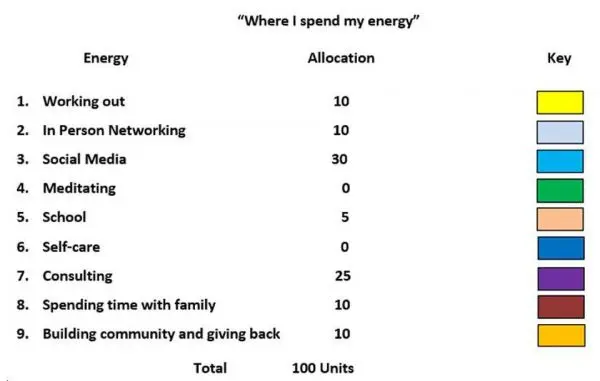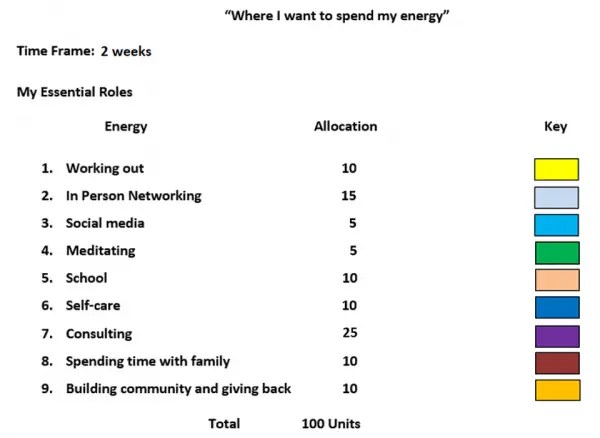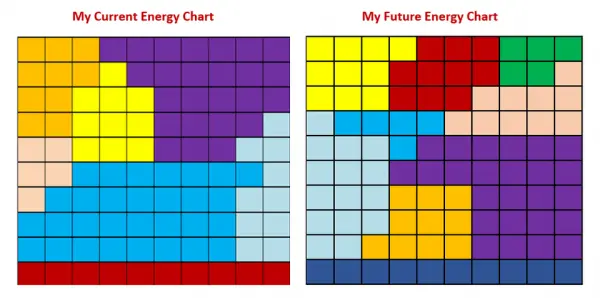Despite all the talk and best efforts, work-life balance remains elusive for many professionals. The generic advice about how to structure our time fails to account for each individual’s income requirements, career goals and personal values. When you fall short of “having it all” -- the successful career, the storybook family life, the active gym membership, the eight hours of sleep -- the outcome is guilt, stress and shame. In a nutshell, these emotions only hinder growth.
No one can be in two places at once. Expending effort in one area of life causes guilt in another. Long hours at work, for example, can result in a cycle of negative self-talk: “I’m letting my family down by staying at the office so late.” Conversely, leaving work early to join a child’s field trip can cause thoughts like, “I have so much to do at work. I really shouldn’t be here.” These statements only add more guilt and shame, and the vicious cycle continues.
Fortunately, it is possible to have a successful career and live in accordance with your values. The key is to understand what works for you. You can also shift your approach, maybe embracing the term “work-life integration.” Just making that subtle pivot in language will help.
The Tool
Start this integration by identifying where you would really like to focus your energy.
You can use an energy chart, similar to the one below, to provide a fantastic visual representation of where you are now and where you want to be. The energy chart allocates how much energy you spend in each of your “essential roles.” Create your own chart by first calculating your total daily waking hours.
Next, over the course of a week, record how much time you spend on each intrinsically fulfilling activity daily, both as time and a percentage. For example, if you spend 10% of your time exercising, you would assign “10” as your energy allocation for that activity. You can also include activities that you’d like to incorporate into your life. If you would like to start meditating, for example, assign it “0” since you currently spend 0% of your energy on meditation.
Typically, clients will include eight to 10 activities, but there is no right number. For your chart key, create color-coded rectangles for each activity.
[bctt tweet="Having a chart of what you value makes it far easier to stay accountable to your goals."]
Now map out how you wish to spend your time. Being a visual creature, having a chart of what you value makes it far easier to stay accountable to your goals. Having your current and future life charts side-by-side will show you whether you are living in alignment with your core. This may just be the motivation you need to kickstart your journey.
Taking Action
With a mechanism in place, it’s now time to start acting toward your goals. Begin by figuring out how you might be able to get back more time for yourself. Some, for example, choose to wake up 30 minutes earlier to fit in something they love, whether meditating, walking the dog or journaling.
Next, look at how you are “wasting” your waking hours. How much time do you spend scrolling social media or browsing the internet? In front of the TV or shopping? You might be surprised at how quickly these numbers add up. Twenty minutes per day on social media is 2.3 hours per week. Ask yourself if this time would be better spent on any of the essential roles in your future energy chart.
Next, evaluate how you can strategically shift your schedule. Say, for example, you currently do laundry after your kids go to bed. Could you do laundry when they are doing homework instead and use the time after they’re in bed to treat yourself to an at-home yoga session or a nice bath? Of course, routines are powerful. Be determined to approach this from a flexible perspective.
Then identify the barriers preventing you from doing what you love. If you find yourself overloaded with work, for example, delegate more. If you find that housework falls entirely on you, talk to your family and provide specific ways they can help. Ultimately, if you spot an unfair “time-suck” in any aspect of your life, don’t be afraid to speak up about it.
Now ensure you are allocating your newfound time toward the activities you identified in your future energy chart. If you’ve made time to exercise, for example, set a goal, whether that’s running a 5K or going to the gym three times per week. Think about ways to help you stay accountable to that goal. Maybe find a gym buddy or track your progress in a notebook or in an app. Think creatively about how you can optimize every second of the time you find for yourself. After all, time is finite -- it's truly your most precious resource.
Lastly, treat your energy chart as a living document. Make a note to come back to it periodically to ensure you’re on track. As you make progress, your current energy chart will evolve, and the preferences on your future chart will likely change, too. Alas, all change requires some type of tool or method. In this case, a little rigor will create much happiness, lower stress and maybe even increase longevity. Go forth and see how worthwhile it really is.
This article originally appeared on Forbes Jun 4, 2018.



